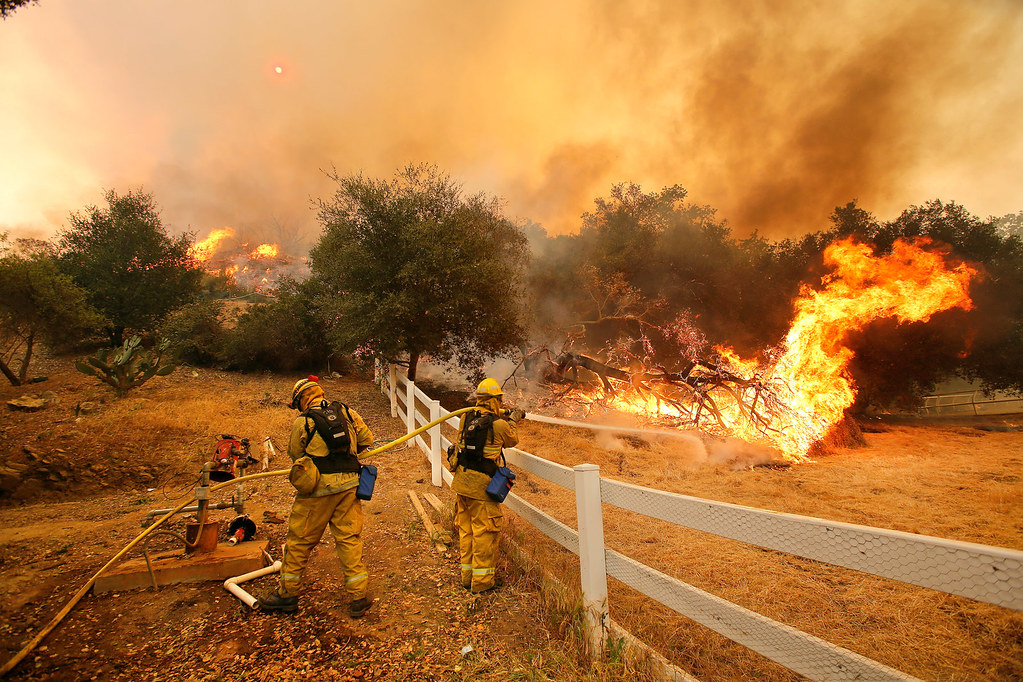How to Prepare for Wildfire:
Take personal responsibility and prepare long before the threat of a wildland fire so your home is ready in case of a fire:
- Create defensible space by clearing brush away from your home.
- Use fire-resistant landscaping and harden your home with fire-safe construction measures.
- Put together a basic emergency supply kit. Check emergency equipment, such as flashlights and generators.
- Plan escape routes and make sure all those residing within the home know the plan of action.
- Learn more ways to protect yourself, your family and your property
- Before an emergency happens, sit down with your family or close friends and decide how you will get in contact with each other, where you will go, and what you will do in an emergency. Keep a copy of this plan in your emergency supplies kit or another safe place where you can access it in the event of a disaster. Start at the Ready.Gov emergency plan webpage.
- Review your insurance policies to ensure that you have adequate coverage for your home and personal property.
- Understand NWS forecast products, especially the meaning of NWS watches and warnings.
Understanding Warnings:
- Red Flag Warning: Take Action. Be extremely careful with open flames. NWS issues a Red Flag Warning, in conjunction with land management agencies, to alert land managers to an ongoing or imminent critical fire weather pattern. NWS issues a Red Flag Warning when fire conditions are ongoing or expected to occur shortly.
- Fire Weather Watch: Be Prepared. A Watch alerts land managers and the public that upcoming weather conditions could result in extensive wildland fire occurrence or extreme fire behavior. A watch means critical fire weather conditions are possible but not imminent or occurring.
- Extreme Fire Behavior: This alert implies a wildfire likely to rage of out of control. If is often hard to predict these fires because such they behave erratically, sometimes dangerously.One or more of the following criteria must be met:
- Moving fast: High rate of spread
- Prolific crowning and/or spotting
- Presence of fire whirls
- Strong convection column
READ MORE at weather.gov

Photo Courtesy of AP Photo/Los Angeles Times, Mel Melcon
